It is one of the most famous Christmas cakes in Italy, a timeless classic that, at the same time, is constantly evolving. The "Pan de Toni" has come a long way and today consumers, ever more aware and attentive, appreciate the artisanal aspect and the use of high quality raw materials, understanding the difference – not only in price – with the products purchased at the supermarket. Here too a distinction should be made, because the right compromises exist, but this is another story.
The artisan panettone is no longer a niche thanks to the events that celebrate it, from north to south. An opportunity to understand how the selection of raw materials is done and the work behind the final product. The consumer comes into direct contact with the artisan and above all has the opportunity to taste and then decide if and what to buy.
The origins
The legend, among the most accredited, tells that The Pan de Toni (from which the term panettone derives), arises from an error, as often happens. The cook at the court of Ludovico il Moro, during the preparation of the Christmas banquet, made the cake burn. The scullery boy Toni came to the rescue, having kept a little yeast for himself, which he mixed with flour, eggs, butter, raisins and candied fruit to obtain a soft and leavened dough. The result was much appreciated by the Sforza who called him "Pan de Toni" in his honor.
 The typical Milanese panettone
The typical Milanese panettone
The "panettone typical of the Milanese artisan tradition", a sweet bakery with a soft dough and a cylindrical shape, has an uneven upper crust and is strictly naturally leavened. The disciplinary, which defines the characteristics and processing methods, also indicates the ingredients: water, flour from producers recognized by the Committee, sugar, fresh eggs and / or pasteurized egg yolks, milk, cocoa butter, butter, raisins, rind of candied orange, candied citron, natural yeast and salt. Other permitted ingredients are: honey, malt and malt extract, vanilla and natural flavors. According to the specification: “The use of any other ingredient is not permitted, in particular: yeast, starch, vegetable fats (with the exception of cocoa butter), whey and derivatives, soy lecithin, dyes, preservatives ”or GMO ingredients.
Features
But how do you recognize a good artisan panettone? Surely the first clue is provided by theappearance. Let us dwell on the alveolation, which must be uniform and not too large and then on the homogeneous distribution of raisins and candied fruit. The outer crust with the characteristic escarpment central (the cut that is made on the dome before leavening) must adhere well to the internal paste of color deep yellow, and must not be burned, but a dark golden color. A good artisan panettone must have a smell pleasant, intense but not pungent. The flavor it must be harmonious, not too sweet and without any bitter or sour aftertaste. Beware of products that are too moist and that are gummy in the mouth, the artisan panettone must be soft.
Events
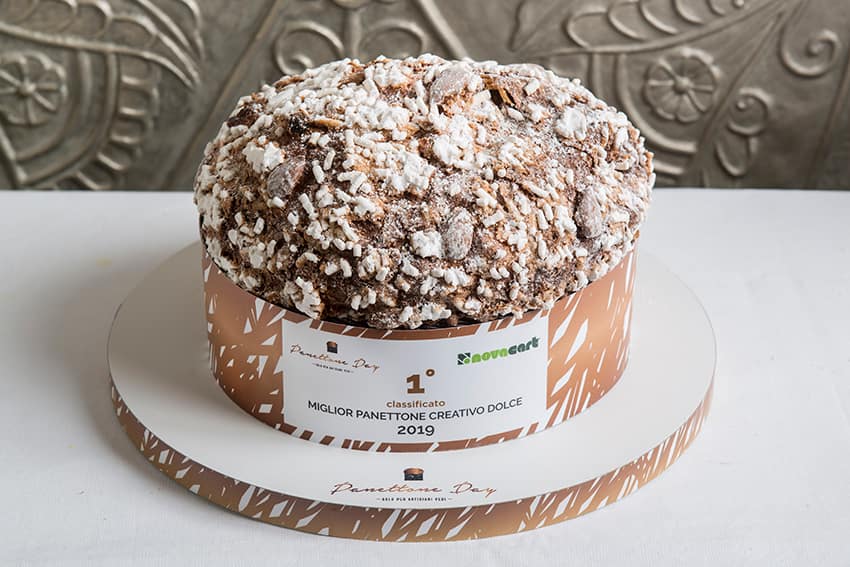 Milan celebrates the panettone almost all year, in October the opening of the temporary store of Panettone Day, the contest promoted by master Iginio Massari, featured 25 pastry chefs from all over Italy for about a month. Francesco Bertolini of the pastry shop Casa del Dolce, Matteo Frigeni of the Pasticceria Capriccio and Domenico Napoleone of the Pasticceria F.lli Napoleone are the winners of the competition for the traditional, creative and chocolate Ruby category.
Milan celebrates the panettone almost all year, in October the opening of the temporary store of Panettone Day, the contest promoted by master Iginio Massari, featured 25 pastry chefs from all over Italy for about a month. Francesco Bertolini of the pastry shop Casa del Dolce, Matteo Frigeni of the Pasticceria Capriccio and Domenico Napoleone of the Pasticceria F.lli Napoleone are the winners of the competition for the traditional, creative and chocolate Ruby category.
TO Milan, at the Navigli Museum (Brera area) on 16 and 17 November will be held National Panettone and Pandoro Fair, which will stop at Rome on 23 and 24 November at the Sheraton Hotel (EUR zone). Visitors, as well as tasting the artisan products of confectioners from various regions of Italy and buying them at regulated prices, will be the protagonists of the Contest "Ambassador of the Panettone" where the final consumer will express his preferences and declare the best panettone according to your own tastes. The First Panettone Lovers Meeting is scheduled.
That the panettone is no longer just a matter for the north is now a reality. Proof of this is the fact that the winners of the Panettone World Championship, a contest promoted by the group of Mother Yeast Masters, brought two Neapolitans to the podium: the baker Alessandro Slama from Ischia and the pastry chef Salvatore Gabbiano from Pompeii.
In Naples on November 23rd and 24th there is King Panettone, who replies in Milan on November 30th and December 1st. A double date where the artisan panettone is presented in many tasty variations, fruit of the creativity and experience of pastry chefs from all over Italy. It is clear to all that the leaven of Milanese origins is not just a northern affair. In the shadow of Vesuvius, in the salons of the Grand Hotel Parker’s, the Prize will be awarded Re Panettone® Naples, award given by a jury of experts with blind tasting of the best innovative panettone.
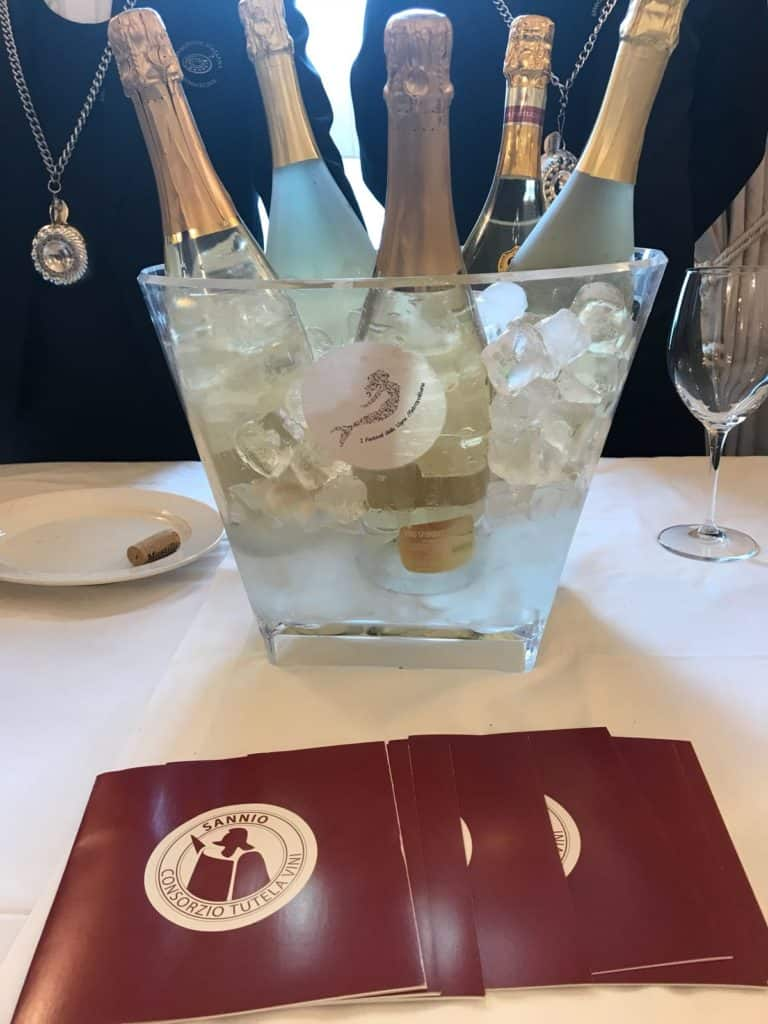 Worth noting is the space dedicated to the combination of wines and panettone with the tasting counter edited by the Italian Sommelier Association, Delegation of Naples, and by Wine & Thecity in collaboration with the Consortium for the Protection of Wines of Sannio, with guided tasting workshops with a limited number . Free admission.
Worth noting is the space dedicated to the combination of wines and panettone with the tasting counter edited by the Italian Sommelier Association, Delegation of Naples, and by Wine & Thecity in collaboration with the Consortium for the Protection of Wines of Sannio, with guided tasting workshops with a limited number . Free admission.
The project, conceived and curated by Stanislao Porzio, in Milan extinguishes twelve candles and the over 50 pastry chefs from all over Italy with the best artisan panettone production will meet in the spaces of the MIND, Milan Innovation District, formerly the Expo 2015 area. Only the panettone made with traditional methods, without additives, will be admitted to the event. preservatives. Admission is by invitation on the website www.repanettone.it
Sicily is also part of the calendar of celebrations for the Christmas cake par excellence e November 24 Panettone arrives in Palermo without borders. The challenge is among high quality artisan panettone, to evaluate the excellence there will be a jury composed of great names of Italian pastry like Iginio Massari, Achille Zoia, Vincenzo Tiri, Fabrizio Donatone, Debora Massari and Piergiorgio Giorilli. The first part of the day is reserved for professionals, in the afternoon with the public opening of the rooms of the Nobile floor of Sant’Elia Palace, upon purchase of the ticket, you can taste all the panettone in the race and the products of numerous companies in the area. The appointment also has a social value, because the entire proceeds of the event will finance a schooling project in Syria.
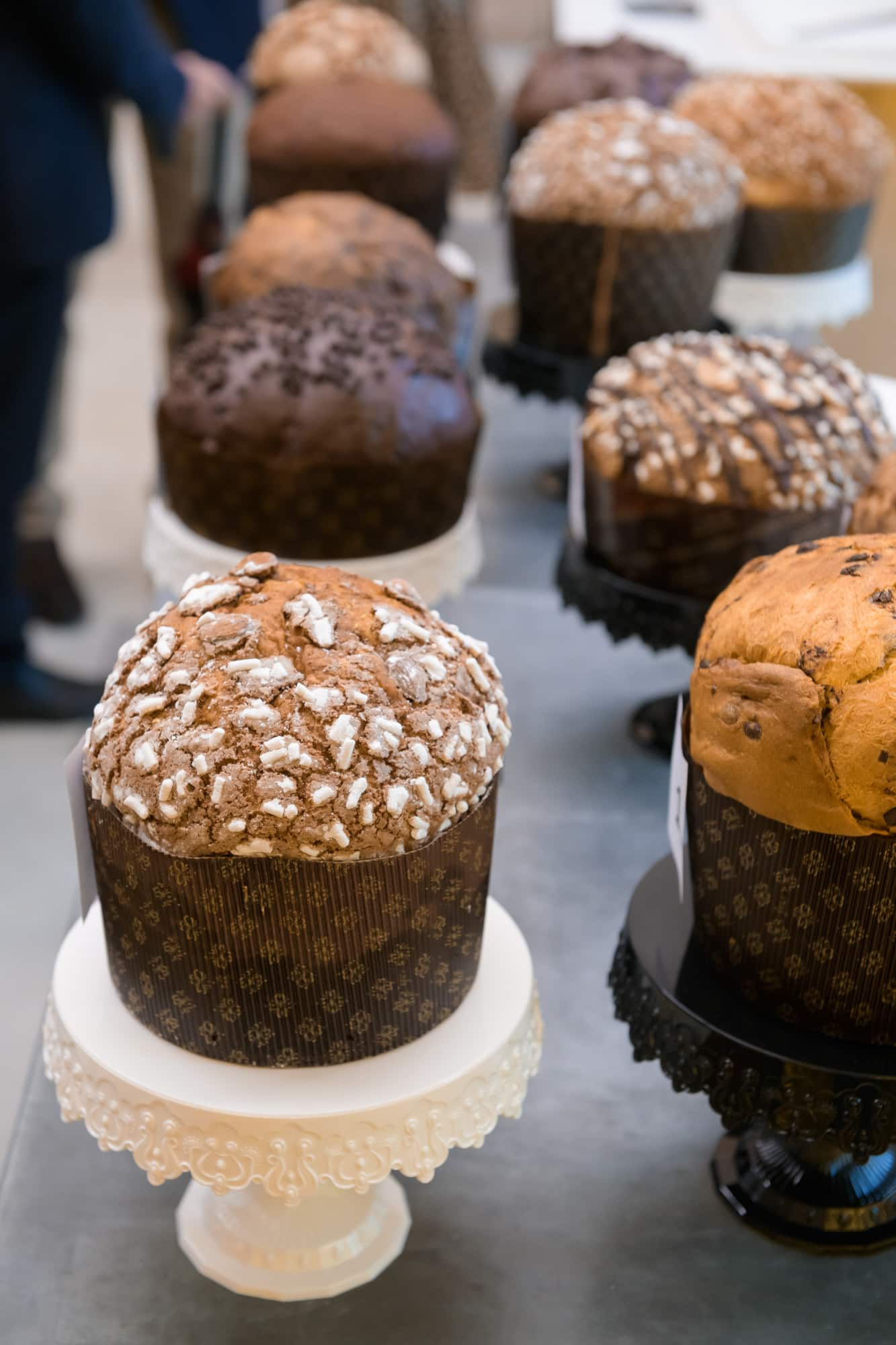 return in Milan with The Masters of Panettone (30 November and 1 December) at the Cavallerizze of the National Museum of Science and Technology Leonardo da Vinci. A great opportunity to taste and buy a special prices more than one hundred high quality artisan panettone made by the best 25 Italian leavenists, and make a good supply for the festive period. By purchasing the entrance ticket you will get discount vouchers and in addition it will also be possible to donate one euro to the Action Against Hunger Italy Onlus Association, an international organization committed to fighting malnutrition in the world. "We have made this choice to help families purchase the best Italian panettone, which we know is the goal of all those who visit our event " – comments Francesco Briglia, Director of Italian Gourmet and event organizer – "In addition, we join a charity initiative to fight hunger on a festive occasion, an event that precedes a particularly important period to show solidarity and commitment to others. This 2019 edition will therefore be particularly oriented towards sharing and doing good".
return in Milan with The Masters of Panettone (30 November and 1 December) at the Cavallerizze of the National Museum of Science and Technology Leonardo da Vinci. A great opportunity to taste and buy a special prices more than one hundred high quality artisan panettone made by the best 25 Italian leavenists, and make a good supply for the festive period. By purchasing the entrance ticket you will get discount vouchers and in addition it will also be possible to donate one euro to the Action Against Hunger Italy Onlus Association, an international organization committed to fighting malnutrition in the world. "We have made this choice to help families purchase the best Italian panettone, which we know is the goal of all those who visit our event " – comments Francesco Briglia, Director of Italian Gourmet and event organizer – "In addition, we join a charity initiative to fight hunger on a festive occasion, an event that precedes a particularly important period to show solidarity and commitment to others. This 2019 edition will therefore be particularly oriented towards sharing and doing good".
The program, really rich in events, includes tastings, masterclasses and free lessons, in-depth studies of the great pastry shop "La Fabbrica del Panettone", activities dedicated to children to discover all the secrets of the most loved leavened, competitions Best Traditional Chocolate Panettone is Best Coffee Panettone. A beautiful opportunity to take advantage of the presence of the yeast masters, available to the public to explain and let them taste their most original and interesting creations that will complement the tradition. The list of those present and the complete program can be found on the website www.imaestridelpanettone.com.
Photo credits cover image: Andrea Fongo for "The masters of panettone".
Mariacristina Coppeto
November 2019
DISCOVER THE COURSES OF THE SALT AND PEPE COOKING SCHOOL
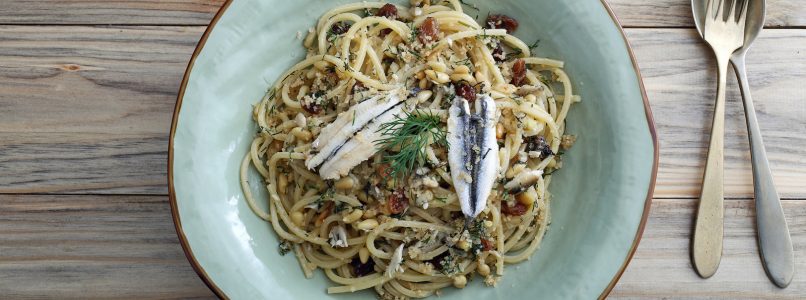
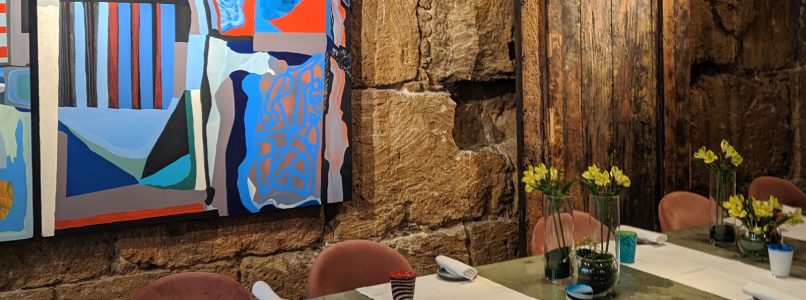
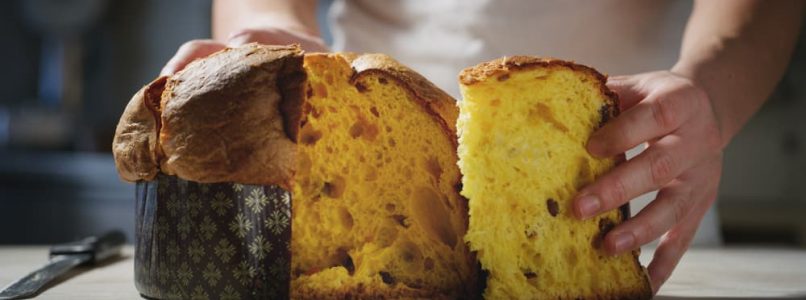
 The typical Milanese panettone
The typical Milanese panettone Milan celebrates the panettone almost all year, in October the opening of the temporary
Milan celebrates the panettone almost all year, in October the opening of the temporary  Worth noting is the space dedicated to the combination of wines and panettone with the tasting counter edited by the Italian Sommelier Association, Delegation of Naples, and by Wine & Thecity in collaboration with the Consortium for the Protection of Wines of Sannio, with guided tasting workshops with a limited number . Free admission.
Worth noting is the space dedicated to the combination of wines and panettone with the tasting counter edited by the Italian Sommelier Association, Delegation of Naples, and by Wine & Thecity in collaboration with the Consortium for the Protection of Wines of Sannio, with guided tasting workshops with a limited number . Free admission. return in Milan with The Masters of Panettone (30 November and 1 December) at the Cavallerizze of the National Museum of Science and Technology Leonardo da Vinci. A great opportunity to
return in Milan with The Masters of Panettone (30 November and 1 December) at the Cavallerizze of the National Museum of Science and Technology Leonardo da Vinci. A great opportunity to